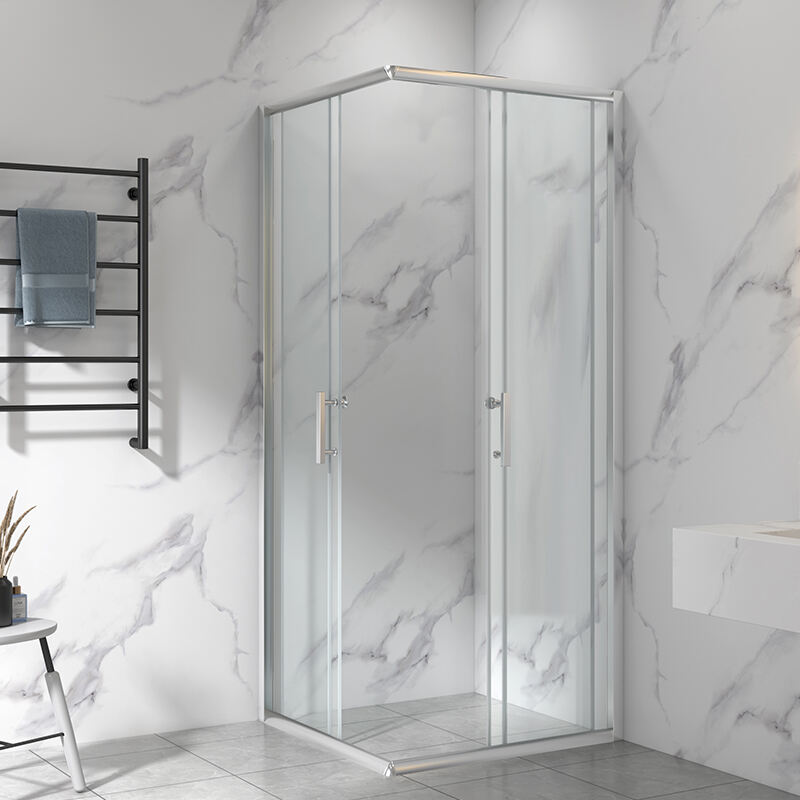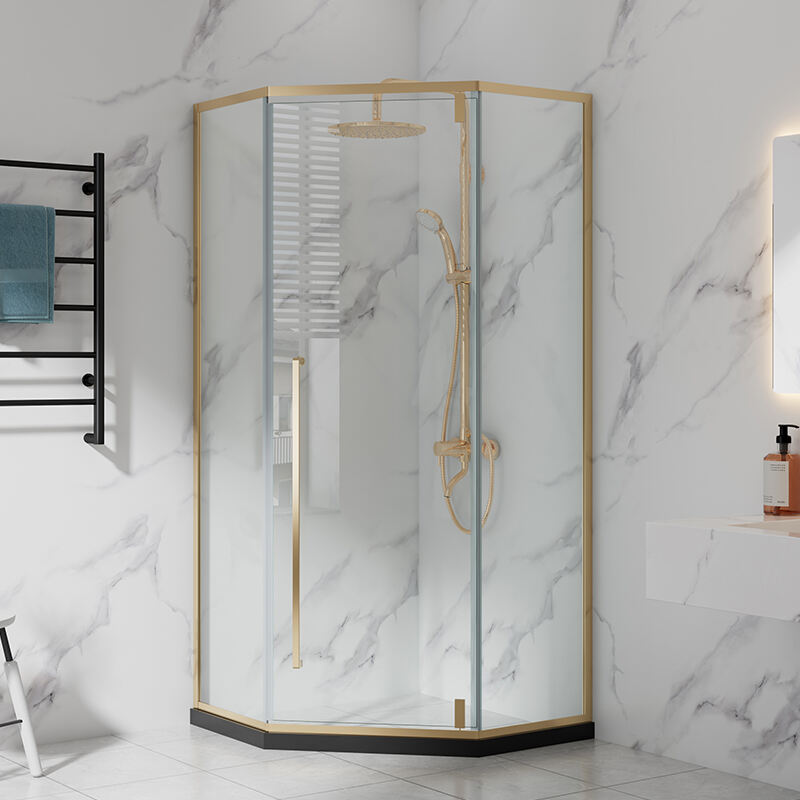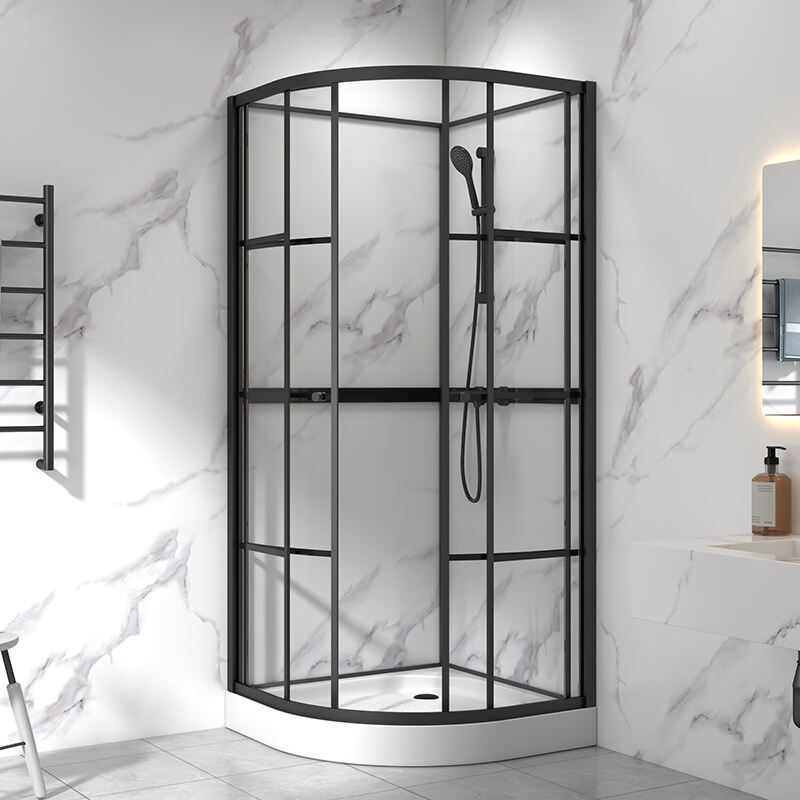prijs van douchepaneel
De prijs van het douchepaneel staat voor een cruciale overweging bij het ontwerpen van moderne badkamers, met een reeks opties die variëren van budgetvriendelijke modellen tot premiuminstallaties. Vanaf $100 voor basisunits tot meer dan $1000 voor luxesystemen bieden deze panelen uitgebreide doucheoplossingen die functionaliteit combineren met esthetiek. Moderne douchepanelen omvatten meestal meerdere douchekoppen, bodyjets, handdouches en temperatuurcontrolesystemen, allemaal geïntegreerd in een strak, muurgemonteerd ontwerp. De prijsstructuur weerspiegelt verschillende factoren, waaronder materiaalkwaliteit, met opties die variëren van duurzaam plastic tot premium roestvrij staal en geslepen glas. Geavanceerde functies zoals LED-temperatuurschermen, digitale bedieningen en therapeutische massagefuncties dragen bij aan de prijsverschillen. Installatiecomplexiteit en extra sanitaire vereisten beïnvloeden ook de eindkosten. Veel fabrikanten bieden garantie, met voorwaarden die variëren van 1 tot 10 jaar, afhankelijk van het prijscategorie. De markt biedt diverse opties die verschillende begrotingen ondersteunen terwijl essentiële functionaliteiten zoals waterdrukregeling en temperatuurbesturing behouden blijven.


